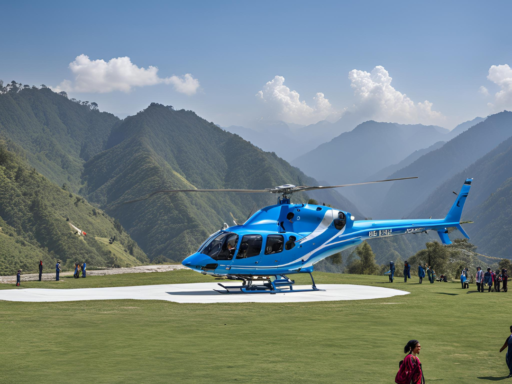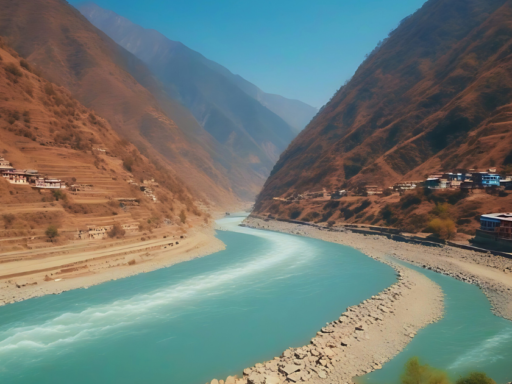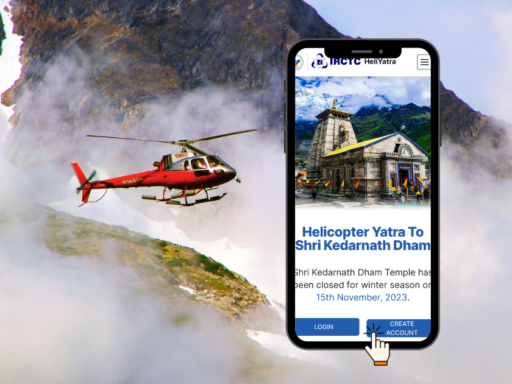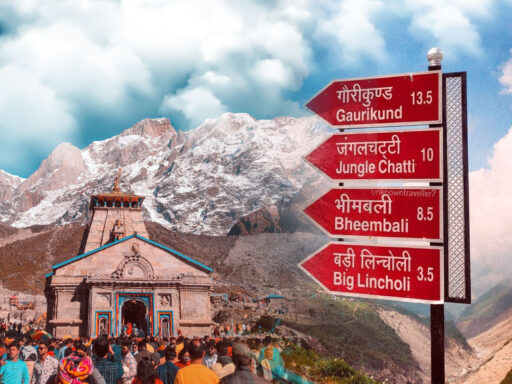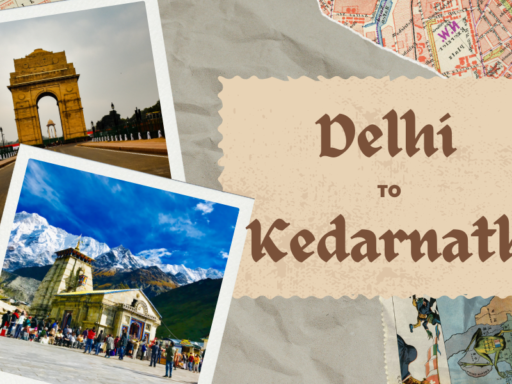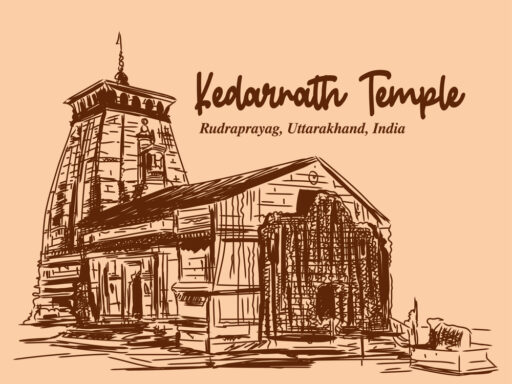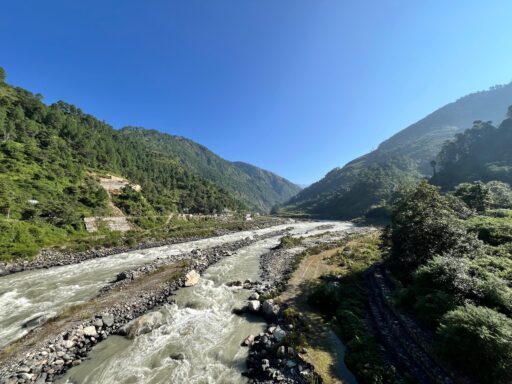Explore the best time to visit Harsil for photography with each season offering unique opportunities to capture its breathtaking landscapes and vibrant culture. From autumn’s colorful foliage to winter’s snow-covered peaks, plan your trip to photograph Harsil’s natural beauty at its most captivating moments.
If you’re a seasoned professional or an aspiring photographer, Harsil Valley provides a unique and diverse canvas to hone your skills and enrich your portfolio. In this blog, we’ll explore the must-visit scenic spots, the best times to shoot, and tips for capturing the perfect shot.

Scenic Spots for Photography in Harsil Valley
Harsil Valley’s stunning landscapes are a photographer’s dream, with every corner offering something magical to capture. Here are some of the most photogenic locations within the valley.
- Bhagirathi River
- Deodar Forests
- Mukhba Village
- Dharali Village
- Sattal (Seven Lakes)
- Harsil Valley Panorama

1. Bhagirathi River
The Bhagirathi River winds gracefully through Harsil Valley, offering mesmerizing shots of crystal-clear waters set against a backdrop of towering pine trees and rugged mountains. The gentle flow of the river creates a perfect opportunity for long-exposure photography, allowing you to capture the movement of the water while highlighting the serene beauty of the surrounding nature.
- Best shot tip: Use a slow shutter speed to capture the river’s flow at dawn or dusk when the light is soft and golden, creating a mystical effect.
- Perfect time: Early morning or late evening.

2. Deodar Forests
The dense deodar forests of Harsil are a mystical setting for photography. The towering trees, with their striking straight trunks and evergreen needles, provide depth and texture, making for dramatic forest landscape shots. The light filtering through the trees creates dynamic shadows, adding an ethereal touch to your images.
- Best shot tip: Capture the interplay of light and shadows by visiting in the late afternoon when the sun is lower, casting long shadows through the trees.
- Perfect time: Late afternoon for golden-hour lighting.
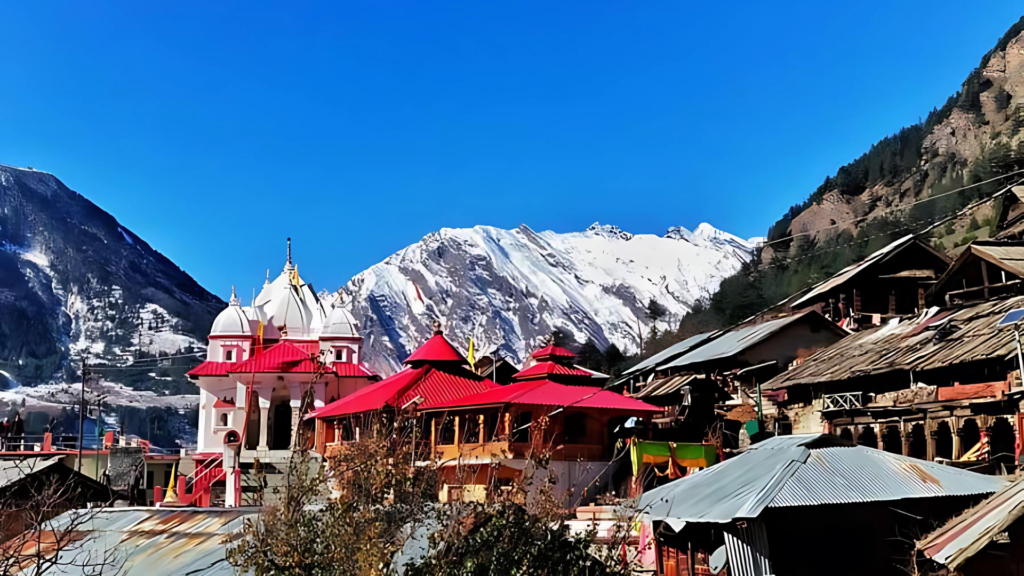
3. Mukhba Village
For those interested in cultural photography, Mukhba Village is a treasure trove. This quaint village is home to the temple of Goddess Ganga and serves as her winter abode. The traditional architecture of the village, set against a backdrop of snow-clad mountains, offers a wonderful contrast of culture and nature. You’ll find locals in traditional attire, colorful prayer flags, and vibrant cultural activities that are ideal for capturing the essence of Harsil’s heritage.
- Best shot tip: Interact with locals to capture authentic portraits that tell a story. Focus on the traditional clothing and rituals for a rich cultural frame.
- Perfect time: Midday when the village is bustling with activity.
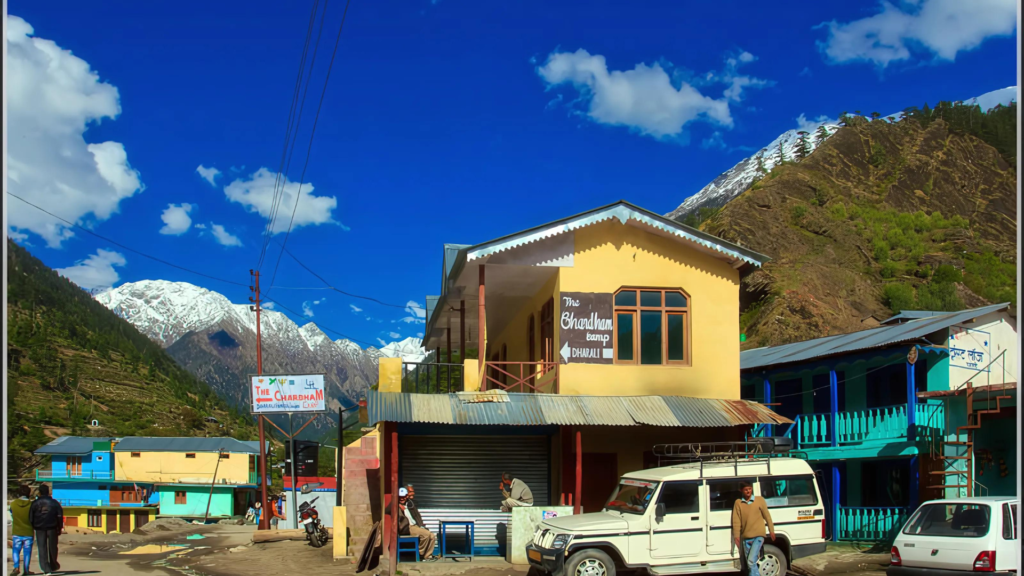
4. Dharali Village
Another picturesque village in the Harsil Valley, Dharali is known for its apple orchards and charming wooden houses. In autumn, the village is bathed in vibrant hues of red, orange, and yellow as the leaves change color, providing stunning shots of the changing seasons. During the apple harvest, the orchards make for great subject matter, with rows of trees bearing bright red fruit under a crisp blue sky.
- Best shot tip: Capture the contrasting colors of autumn, focusing on the vibrant foliage and the rustic charm of the village homes.
- Perfect time: Autumn months (September to November).

5. Sattal (Seven Lakes)
For a more remote and wild landscape, venture to Sattal, a group of seven interconnected lakes nestled in the dense forest. The lakes reflect the surrounding mountains and trees, creating mirror-like images that are perfect for reflection photography. In the early morning, the mist rising off the water adds an extra layer of drama to your shots, making it a must-visit location for landscape photographers.
- Best shot tip: Arrive early to capture the mist rising from the lake’s surface. Use a wide-angle lens to capture the full expanse of the scene, including the reflections.
- Perfect time: Early morning.
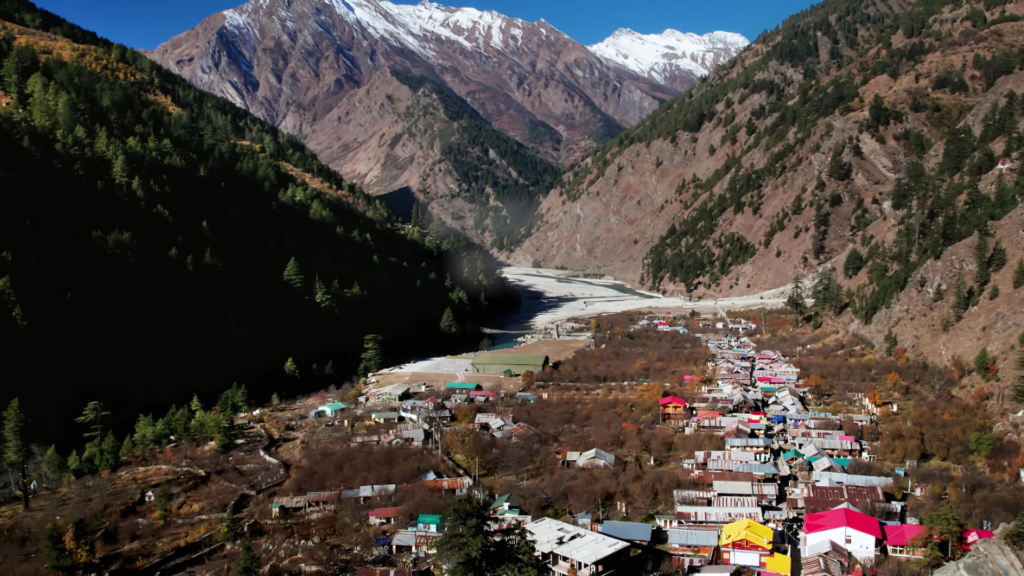
6. Harsil Valley Panorama
One of the best ways to capture the grandeur of Harsil Valley is to find a panoramic viewpoint that offers sweeping views of the entire valley. The village of Harsil itself, framed by the snow-capped peaks of the Himalayas, offers an incredible vista that will leave you in awe. From these vantage points, you can capture expansive shots of the valley, river, and villages below.
- Best shot tip: Use a panorama mode on your camera or stitch multiple images together to create a sweeping view of the valley.
- Perfect time: Early morning for clear skies and soft light.

Best Time to Visit Harsil for Photography
The best time to visit Harsil for photography varies with each season. Autumn (September to November) offers vibrant foliage and clear skies, winter (December to February) presents snow-covered landscapes, spring (March to May) reveals blooming flowers and melting snow, and monsoon (June to August) showcases lush greenery and dramatic waterfalls.
- Autumn (September to November)
- Ideal for: Vibrant foliage, clear skies, cultural photography, and scenic landscapes.
- Duration: 7-10 days to explore different villages and scenic spots.
- Winter (December to February)
- Ideal for: Snow-covered landscapes, minimalist winter scenes, and village life in winter.
- Duration: 5-7 days (weather conditions can be challenging).
- Spring (March to May)
- Ideal for: Blooming flowers, lush green meadows, and river photography.
- Duration: 7-10 days to capture the valley’s transition from winter to spring.
- Monsoon (June to August)
- Ideal for: Lush greenery, vibrant riverscapes, and waterfalls.
- Duration: 5-7 days (weather permitting, be mindful of landslides).
Get in Touch for Expert Advice
1. Autumn (September to November)
Autumn is one of the most photogenic seasons in Harsil. The valley transforms into a canvas of vibrant colors, with the forests and orchards displaying hues of red, yellow, and orange. The crisp air and clear skies make for excellent conditions to capture landscapes and village life.
- Ideal for: Landscape, cultural photography, autumn foliage.
- Best duration: 7-10 days to explore different villages and scenic spots.
2. Winter (December to February)
For those seeking to capture the winter wonderland of Harsil, this season offers snow-covered landscapes, frozen rivers, and serene, untouched beauty. The entire valley is draped in white, making for dramatic winter photography, especially of the mountains and villages blanketed in snow.
- Ideal for: Snow photography, minimalist landscapes, winter village scenes.
- Best duration: 5-7 days (weather conditions can be challenging).
3. Spring (March to May)
Spring is a season of renewal in Harsil Valley. The apple trees bloom with pink and white blossoms, while the snow begins to melt, revealing lush green meadows. This season is perfect for capturing the valley’s rebirth, with colorful flowers and clear mountain streams making their way down from the peaks.
- Ideal for: Floral photography, landscapes, river scenes.
- Best duration: 7-10 days to capture the changing landscapes.
4. Monsoon (June to August)
While the monsoon season brings heavy rain to the region, it also transforms the valley into a lush, green paradise. The rivers are full, and the waterfalls come to life, making for dramatic and vibrant landscape photography. However, it’s important to be mindful of weather conditions, as landslides can be a risk.
- Ideal for: Lush green landscapes, waterfalls, riverscapes.
- Best duration: 5-7 days (weather permitting).
Essential Tips for Capturing Stunning Shots in Harsil
- Pack for Varied Weather: Harsil’s weather can be unpredictable, especially in higher altitudes. Be prepared with protective gear for your camera and lenses, and dress in layers to stay comfortable.
- Use a Tripod: A sturdy tripod is essential for long-exposure shots of rivers, waterfalls, and low-light conditions.
- Golden Hour Advantage: Make the most of the golden hour (just after sunrise and before sunset) for soft, warm lighting that enhances landscape and portrait photography.
- Carry Extra Batteries and Memory Cards: With so many beautiful spots to capture, you’ll want to ensure you have plenty of storage and battery life for a full day of shooting.
- Engage with Locals: For cultural and portrait photography, interacting with the locals can provide more authentic and candid shots. The people of Harsil are welcoming, and you’ll often find them happy to be part of your photography.




